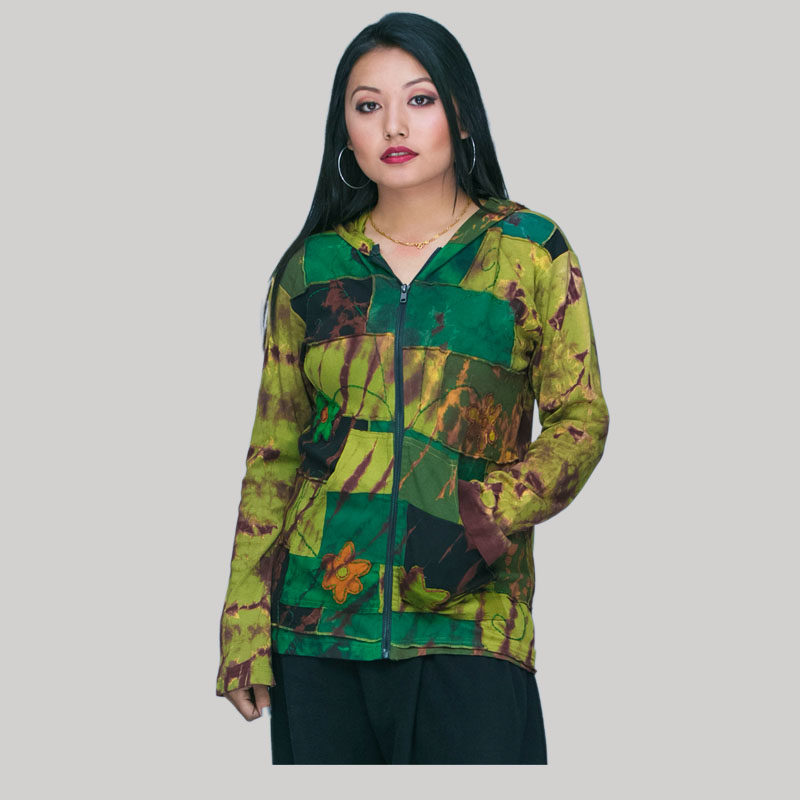Dyeing is the application of dyes or pigments on textile materials such as fibers, yarns, and fabrics with the objective of achieving color with desired fastness. Dyeing is normally done in a special solution containing dyes and particular chemical material. Dye molecules are fixed to the fiber by absorption, diffusion, or bonding with temperature and time being key controlling factors. The bond between dye molecule and fiber may be strong or weak, depending on the dye used. Dyeing and printing are different applications; in printing color is applied to a localized area with desired patterns and in dyeing it is applied to the entire textile.
The primary source of dye, historically, has been nature, with the dyes being extracted from animals or plants. Since the mid-19th century, however, humans have produced artificial dyes to achieve a broader range of colors and to render the dyes more stable to washing and general use. Different classes of dyes are used for different types of fiber and at different stages of the textile production process, from loose fibers through yarn and cloth to complete garments.
What is color and what does it have to do with light?
Color is an effect produced by the eye and its nerves by light waves of different wavelength or frequency. Light transmitted from an object to the eye stimulates the different color cones of the retina, making possible perception of various colors in the object.
Since the colors that compose sunlight or white light have different wavelengths, the speed at which they travel through a medium such as glass differs; red light, which has the longest wavelength, travels faster through glass than blue light, which has a shorter wavelength.
Now that you know about color theory and how subtractive color mixing work, you are ready to start planning the colors for your tie-dye project. The Primary Dharma Fiber Reactive Dye colors that correspond to the CMY primaries are as follows:
Magenta : Fuchsia Red
Cyan : Turquoise
Yellow : Lemon YellowYou mix colors on your shirt by applying the dye to the same area of shirt. Keep in mind that when you add all three colors to one area you will get a shade of brown. Unless you really love browns, it is best to try and only have two primary colors touching in most areas of the shirt.


